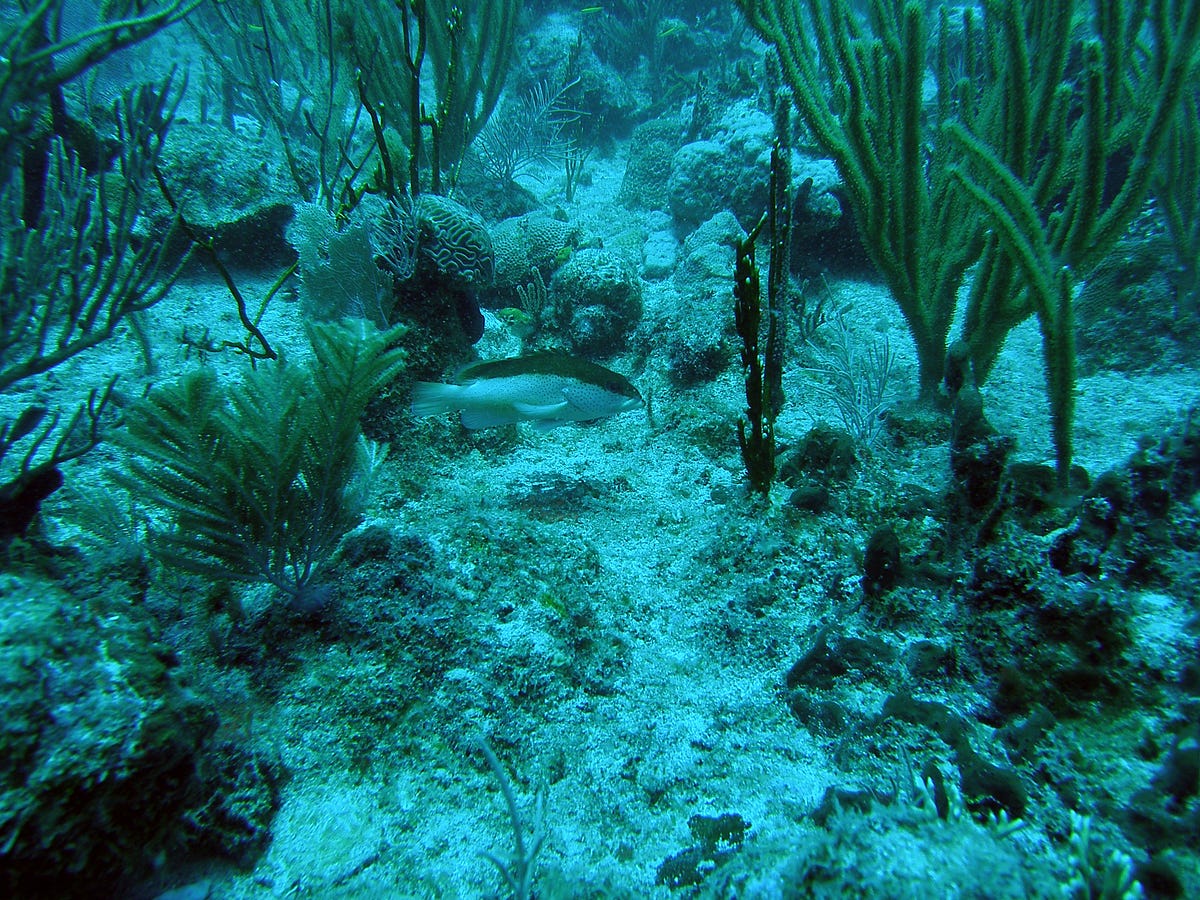Table of contents
- About the project
- Monk Toolkit
- Segmentation
- Unet
- Inference based on an already trained model
- Training
- Inference(Post Training)
- Conclusion
- References
1. About the project
This project focuses on segmenting different objects such as animals, plants, plastic, and ROV(Remotely Operated Vehicle) using a low code wrapper Monk [1]toolkit via Unet[2]. It is essential to understand the sea garbage collection. For employing an automatic river or sea trash cleaner system should have a proper understanding of different objects present in the water. This project helps to develop such a system on small scale. Through this blog, I will share some insights about MonkAI, and how it can be used to simplify the process of object segmentation and build other computer vision applications.
2. Feature of Monk AI
- Quick mode for beginners[3]
- It is possible to access PyTorch, MXNet, Keras, TensorFlow, etc. with a common syntax.
- Standard workflows for simple transfer learning applications
- For Competition and Hackathon participants: The hassle-free setup makes prototyping faster and easier
3. Segmentation
By segmentation[4], we can understand the category of each pixel which can help us to understand the location of the object in an image, shape of an object. Image segmentation helps to generate output a pixel-wise mask of the image. Image segmentation finds application in medical imaging, self-driving cars, and satellite imaging.
A. Semantic segmentation
Semantic segmentation helps to label each pixel of an image with a corresponding class of what being represented. The following picture can help us to understand the difference between object detection, semantic segmentation, and instance segmentation.
#artificial-intelligence #deep-learning #sea #segmentation #computer-vision
